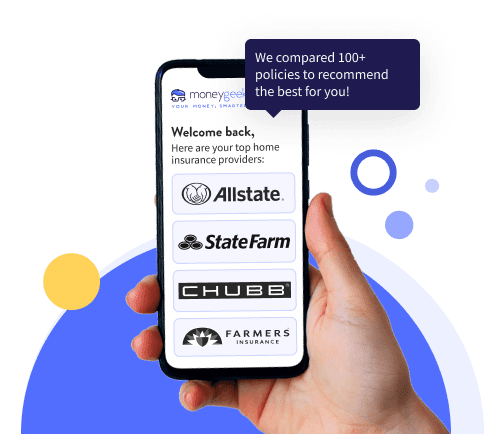While home insurance costs an average of $2,614 per year, these rates can change depending on your home, location, coverage levels and more. By understanding how rates can change, you can make informed decisions about your policy — from choosing your coverage level to deciding on a deductible.
MoneyGeek conducted a comprehensive study providing average rates on home insurance coverage to take the guesswork out of finding the right coverage for you.




